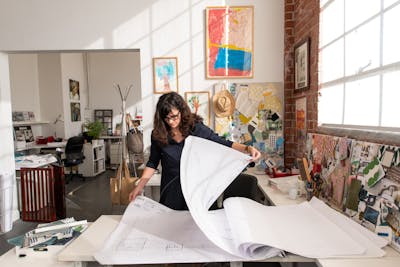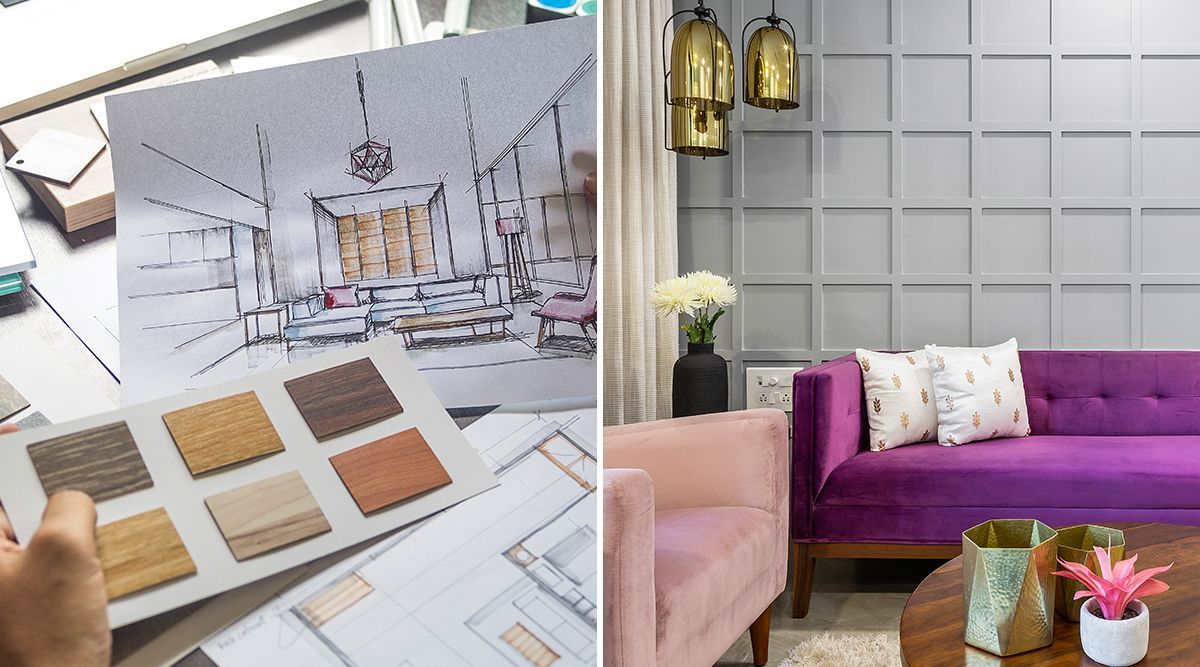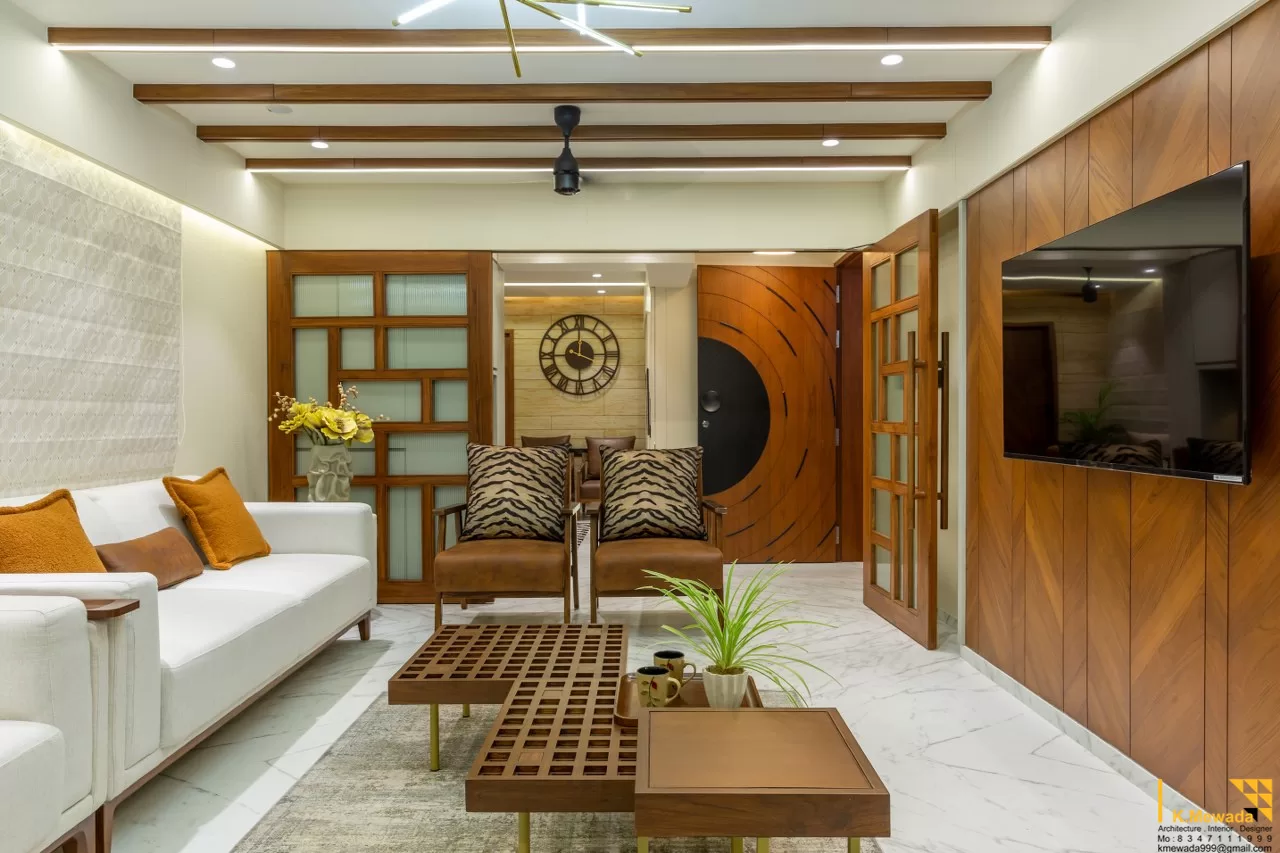Gorgeous Countryside Interior Styling for Nature-Inspired Living
Wiki Article
The Art of Balance: Just How Interior Design and Home Architect Collaborate for Stunning Outcomes
In the realm of home design, striking a balance between aesthetics and capability is no tiny feat. This fragile stability is accomplished through the harmonious collaboration between indoor designers and designers, each bringing their unique experience to the table. Stay with us as we explore the intricacies of this collaborative process and its transformative effect on home layout.Comprehending the Core Distinctions In Between Inside Style and Home Style
While both Interior Design and home style play essential functions in developing visually pleasing and practical areas, they are naturally various disciplines. Home architecture largely concentrates on the structural facets of the home, such as developing codes, security policies, and the physical building and construction of the area. It manages the 'bones' of the framework, working with spatial dimensions, bearing walls, and roofing designs. On the other hand, Interior Design is extra worried with enhancing the sensory and aesthetic experience within that framework. It involves picking and organizing furnishings, picking shade schemes, and incorporating attractive aspects. While they work in tandem, their duties, obligations, and locations of proficiency diverge dramatically in the development of a harmonious home setting.The Harmony In Between Home Architecture and Interior Decoration
The harmony in between home architecture and Interior Design exists in a shared vision of design and the improvement of practical appearances. When these 2 fields line up sympathetically, they can transform a space from common to phenomenal. This collaboration calls for a much deeper understanding of each self-control's concepts and the ability to develop a natural, aesthetically pleasing atmosphere.Unifying Layout Vision
Combining the vision for home architecture and interior layout can produce a harmonious living space that is both functional and visually pleasing. It advertises a synergistic technique where architectural aspects enhance indoor design components and vice versa. Thus, unifying the design vision is important in mixing architecture and interior layout for magnificent outcomes.Enhancing Functional Aesthetics
Just how does the harmony in between home architecture and Interior Design improve practical aesthetic appeals? This harmony enables the production of areas that are not just aesthetically enticing yet also conveniently useful. Architects lay the foundation with their structural layout, ensuring that the area is effective and functional. The interior designer then enhances this with thoroughly picked aspects that improve the aesthetics without compromising the capability. This unified collaboration can lead to homes that are both beautiful and liveable. A designer could create a home with big windows and high ceilings. The interior designer can after that accentuate these features with sheer drapes and high plants, respectively, thus enhancing the visual allure while preserving the useful benefits of natural light and space.Relevance of Collaboration in Creating Balanced Spaces
The collaboration between indoor designers and designers is essential in creating well balanced rooms. It brings consistency in between layout and style, offering birth to spaces that are not just visually pleasing but additionally practical. Checking out successful collective methods can give insights into exactly how this synergy can be successfully accomplished.Integrating Design and Design
Balance, a wikipedia reference necessary facet of both Interior Design and architecture, can only truly be attained when these 2 fields operate in consistency. This harmony is not just a visual consideration; it impacts the capability, toughness, and inevitably, the livability of a space. Inside designers and designers have to recognize each various other's functions, respect their know-how, and interact effectively. They need to take into consideration the interplay of architectural aspects with decor, the circulation of rooms, and the effect of light and color. This collaborative process results in a cohesive, well balanced layout where every aspect has a purpose and contributes to the overall visual. Harmonizing style and design is not simply concerning creating beautiful areas, but about crafting areas that function effortlessly for their inhabitants.Effective Joint Methods

Case Researches: Effective Combination of Layout and Architecture
Checking out a number of case research studies, it emerges just how the effective integration of Interior Design and design can change an area. The Glass Home in Connecticut, renowned for its minimalistic beauty, is one such example. Designer additional resources Philip Johnson and interior designer Mies van der Rohe collaborated to create an unified balance between the inside and the framework, leading to a smooth circulation from the exterior landscape to the inner living quarters. One more prototype is the Fallingwater House in Pennsylvania. Engineer Frank Lloyd Wright and indoor designer Edgar Kaufmann Jr.'s collaborative initiatives cause a stunningly unique residence that mixes with its all-natural surroundings. These study highlight the extensive impact of a successful layout and architecture partnership.
Getting Rid Of Challenges in Style and Style Collaboration
Regardless of the undeniable advantages of an effective cooperation between interior layout and design, it is not without its difficulties. Designers might more helpful hints focus on structural integrity and security, while developers focus on comfort and style. Reliable interaction, shared understanding, and concession are critical to conquer these challenges and achieve a successful and harmonious partnership.
Future Patterns: The Developing Partnership Between Home Architects and Interior Designers
As the world of home layout proceeds to evolve, so does the relationship between engineers and indoor designers. Conversely, interior designers are welcoming technological aspects, influencing overall layout and functionality. The future promises a much more natural, cutting-edge, and flexible method to home layout, as architects and developers proceed to blur the lines, fostering a connection that really embodies the art of equilibrium.Verdict
The art of equilibrium in home layout is achieved via the harmonious collaboration between indoor designers and engineers. In spite of obstacles, this collaboration cultivates development and technology in layout.While both interior layout and home style play crucial functions in producing visually pleasing and functional areas, they are naturally different self-controls.The harmony in between home design and interior layout lies in a common vision of design and the improvement of useful aesthetic appeals.Linking the vision for home style and indoor layout can develop an unified living space that is both practical and aesthetically pleasing. Therefore, unifying the layout vision is essential in blending design and interior layout for spectacular outcomes.
Exactly how does the harmony in between home architecture and interior layout boost functional looks? (Winchester architect)
Report this wiki page